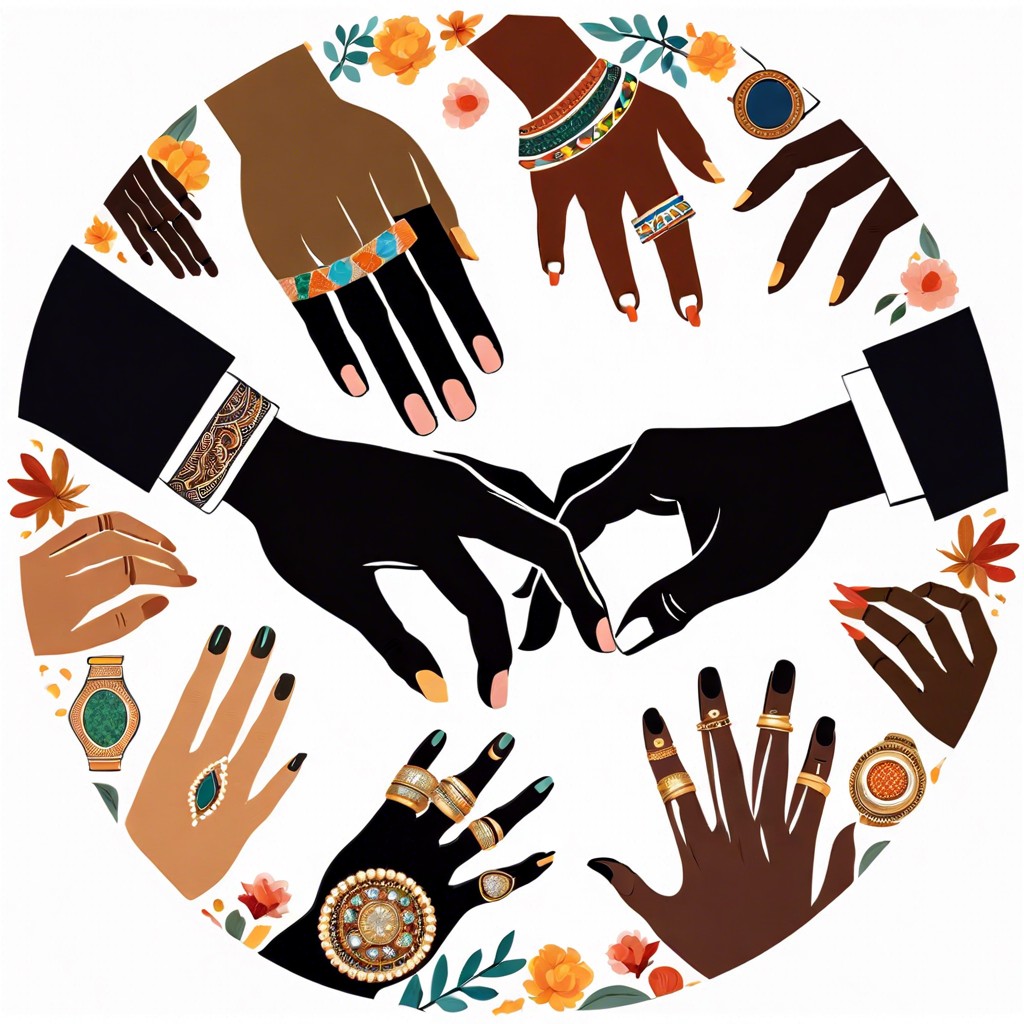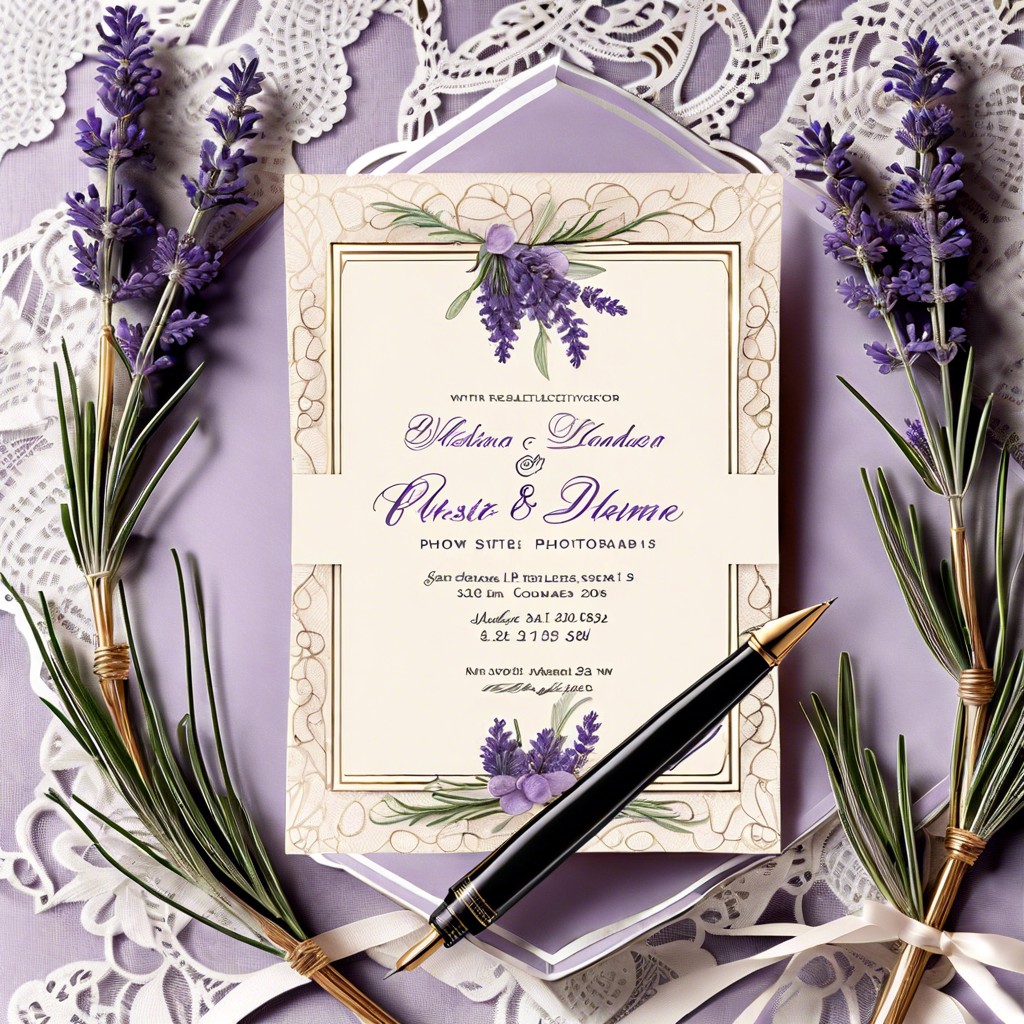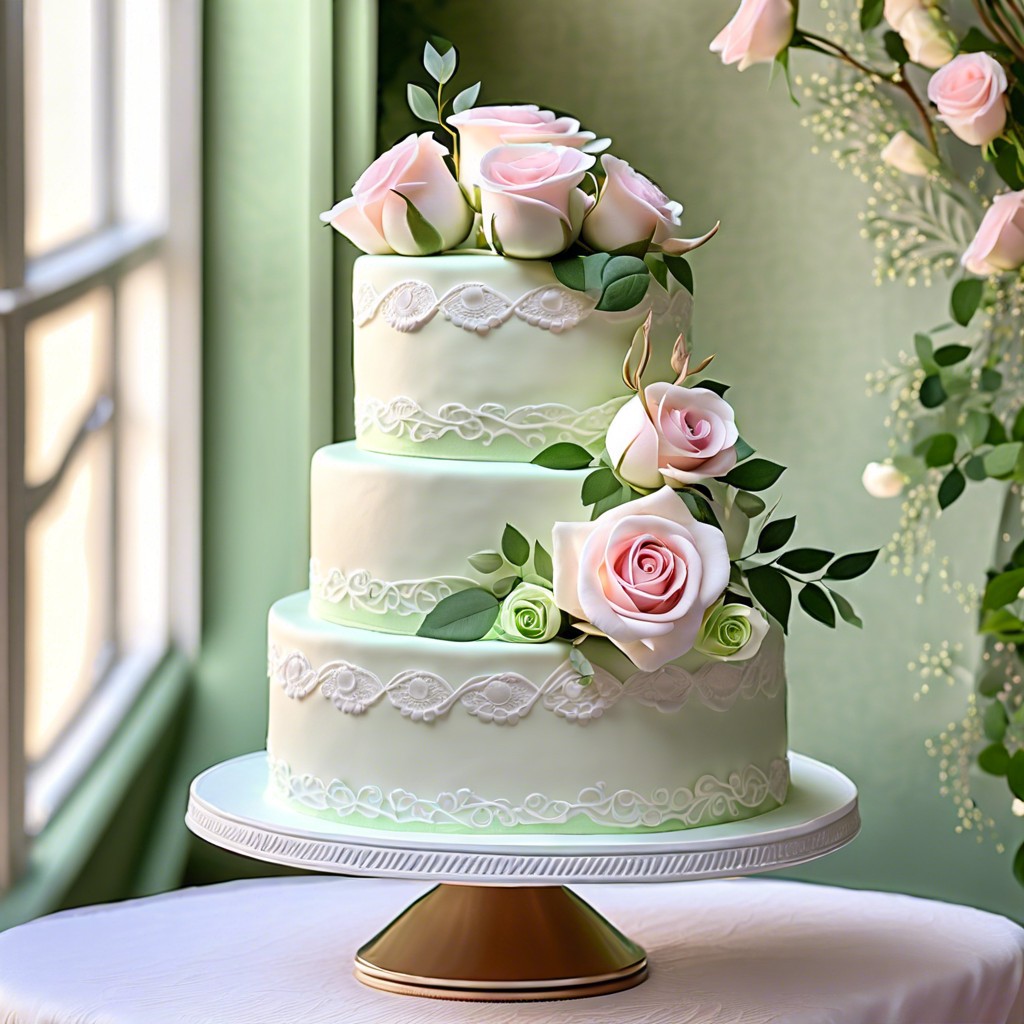Learn the traditional wedding processional order to ensure a seamlessly orchestrated walk down the aisle on your special day.
Key takeaways:
- Traditional wedding processional order: officiant, groom, best man, groomsmen, bridesmaids, maid/matron of honor, flower girl(s), ring bearer(s), bride
- Officiant’s early arrival sets the tone and prepares for the ceremony
- Groom, best man, and groomsmen position themselves before the bride’s entrance
- Bridesmaids walk before the maid/matron of honor, in various orders
- Flower girl(s) and ring bearer(s) add charm before the bride enters
Traditional Christian Wedding Processional Order

The procession typically kicks off with the officiant taking their place at the altar, setting the stage for what’s to follow. Next to enter is the groom, who may walk solo down the aisle or be accompanied by parents.
Side by side with the groom, the best man takes his position, often situated to the groom’s left, with groomsmen following suit. They may walk individually or with bridesmaids.
Bridesmaids pave the way for the bride, starting with the maid or matron of honor who walks alone, serving as the final reminder that the bride’s entrance is imminent.
The ceremony’s younger participants, the flower girl(s) and ring bearer(s), add a touch of innocence and charm. They proceed down the aisle just before the bride makes her grand entrance.
Lastly, all eyes are on the bride escorted by her father or a significant figure in her life. This moment captures the essence of tradition and transition. The bride’s walk down the aisle is a pivotal and emotional highlight, marking the beginning of her journey in marriage.
The Officiant
Leading the way in the processional is the officiant, whose entrance signals the beginning of the ceremony. Their early arrival at the altar serves several purposes. Firstly, it establishes the ceremonial space where the marriage will be solemnized. Secondly, the officiant’s presence at this stage allows them to greet guests and ensure that everything is in order for the smooth running of the ceremony. It is customary for the officiant to enter from the side to take their place at the altar unobtrusively, though they may also walk down the aisle if preferred. This role sets the tone for what follows, radiating calm and preparedness as the guests turn their attention to the processional and the arrival of the wedding party.
The Groom, Best Man, and Groomsmen
Before the procession starts, the groom typically awaits at the altar, often on the right side, a symbol of his readiness to receive his bride. The best man takes his place to the groom’s left, serving not only as moral support but also as the guardian of the wedding rings. Groomsmen may either accompany bridesmaids during the walk down the aisle or precede the bridal party, depending on the couple’s preference.
Their early entrance and positioning sets the stage, both spatially and emotionally, for the grand entrance of the bride. Their composed presence at the altar paints a picture of sincere support, framing the scene for the guests and contributing to a harmoniously choreographed ceremony.
The Bridesmaids, Maid or Matron of Honor
Once the groomsmen have taken their places, the bridal attendants make their entrance. Traditionally, bridesmaids precede the maid or matron of honor, walking down the aisle one by one or in pairs if the aisle is wide enough.
The maid or matron of honor takes a special spot as the last of the bridal party to walk down the aisle before the flower girl and ring bearer. She holds a place of honor closest to the bride during the ceremony and typically holds the bride’s bouquet while vows are exchanged.
The order in which bridesmaids process can be determined by several factors. Some choose to have them walk in reverse order of importance, with the maid or matron of honor going first, while others may order them by height, age, or personal preference. It’s essential for the bridesmaids and maid or matron of honor to maintain a steady pace, leaving enough space for each member to have their moment and prevent bunching at the altar, creating an elegant flow that leads gracefully to the bride’s grand entrance.
The Flower Girl(s) and Ring Bearer(s)
The charming moment when the flower girl(s) delicately scatter petals down the aisle, followed by the ring bearer(s) carrying the rings, adds a touch of innocence and sweetness to the ceremony. This typically occurs right before the bride makes her grand entrance.
- For smooth participation:
- Ensure the children are well-rehearsed and comfortable with the route.
- Opt for child-friendly props like faux rings or a basket easy to handle.
- Consider the children’s age; very young participants might get overwhelmed.
- To keep them engaged:
- Assign a family member to help them down the aisle.
- Offer small incentives for a job well done.
- Practice with fun games so they enjoy their role.
Remember, the unpredictable nature of little ones can lead to unscripted moments—often delightful touches to the ceremony.



